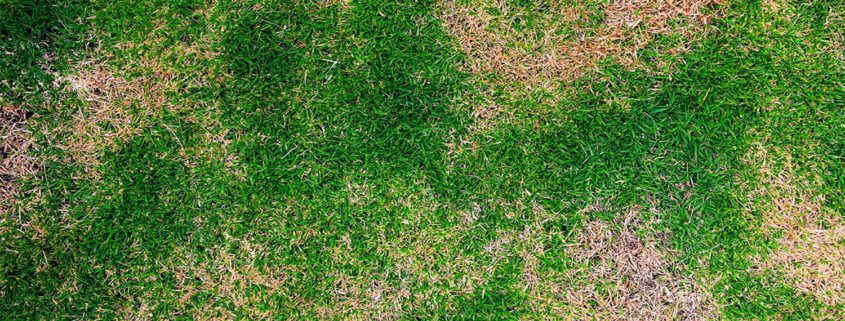Lawn Grubs
If your lawn is brown and patchy, it could be infested with grubs. Left untreated, grub infestations destroy grass. Fortunately, you can eliminate these pests without harming the environment.
Naked Maintenance Man provides grub control services to help Maryborough homeowners deal with grubs.
This blog will share our top tips for killing grubs in your garden, flower beds, outdoor potted plants, or yard. These treatment tips can also effective for things like fleas and chiggers in your yard.
Let’s begin learning more about the lawn grub problem.
The larval stage of the Japanese beetle, June beetle, and European chafer beetle—called a grub—has a soft white body with a set of legs near its head. When disturbed, it curls into a C shape.
Grubs go dormant during the winter, becoming active again once the weather starts to warm up. During the spring and early summer, they eat the roots of grass and other foliage and organic matter, causing extensive plant damage.
Once lawn grubs have developed into adult beetles, they leave the soil to mate and lay eggs. Adult beetles have a 1–3-year lifecycle.
Adult insects lay their eggs near their feeding sites in July and August, creating new larvae that burrow into the soil and eat grass roots, continuing the infestation.
Fortunately, certain methods—such as milky spore disease, which we’ll discuss thoroughly later in this post—can help control grubs.
Unsure whether you have grubs in your yard?
Below are a few signs that can help you identify grub damage in your lawn:
- Yellowing grass is the first thing you may notice.
- The presence of other pest species may also be a good sign.
- Increasing numbers of moths or beetles is a real giveaway.
- The appearance of drought, even when you know your lawn is watered well.
- Brown, patchy grass, look around your neighbours properties, you may already see signs.
- The presence of white grubs in your lawn.
It can be difficult to identify grub damage, since it often resembles other types of damage, such as drought.
However, if you are aware of these six signs, you may be able to stop grub damage before it starts.




Leave a Reply
Want to join the discussion?Feel free to contribute!